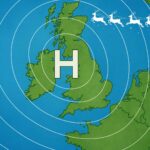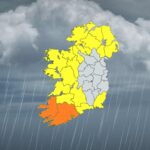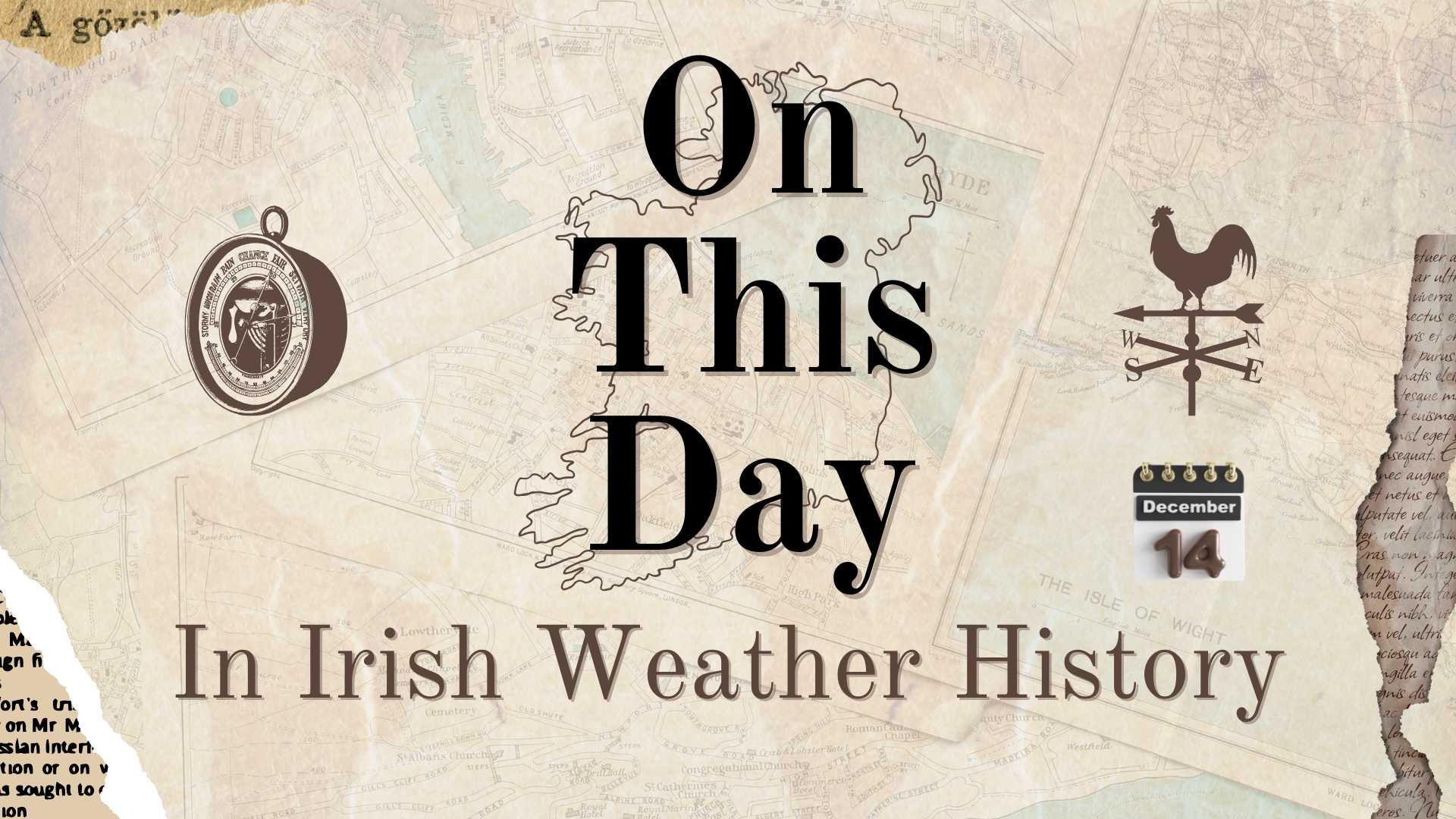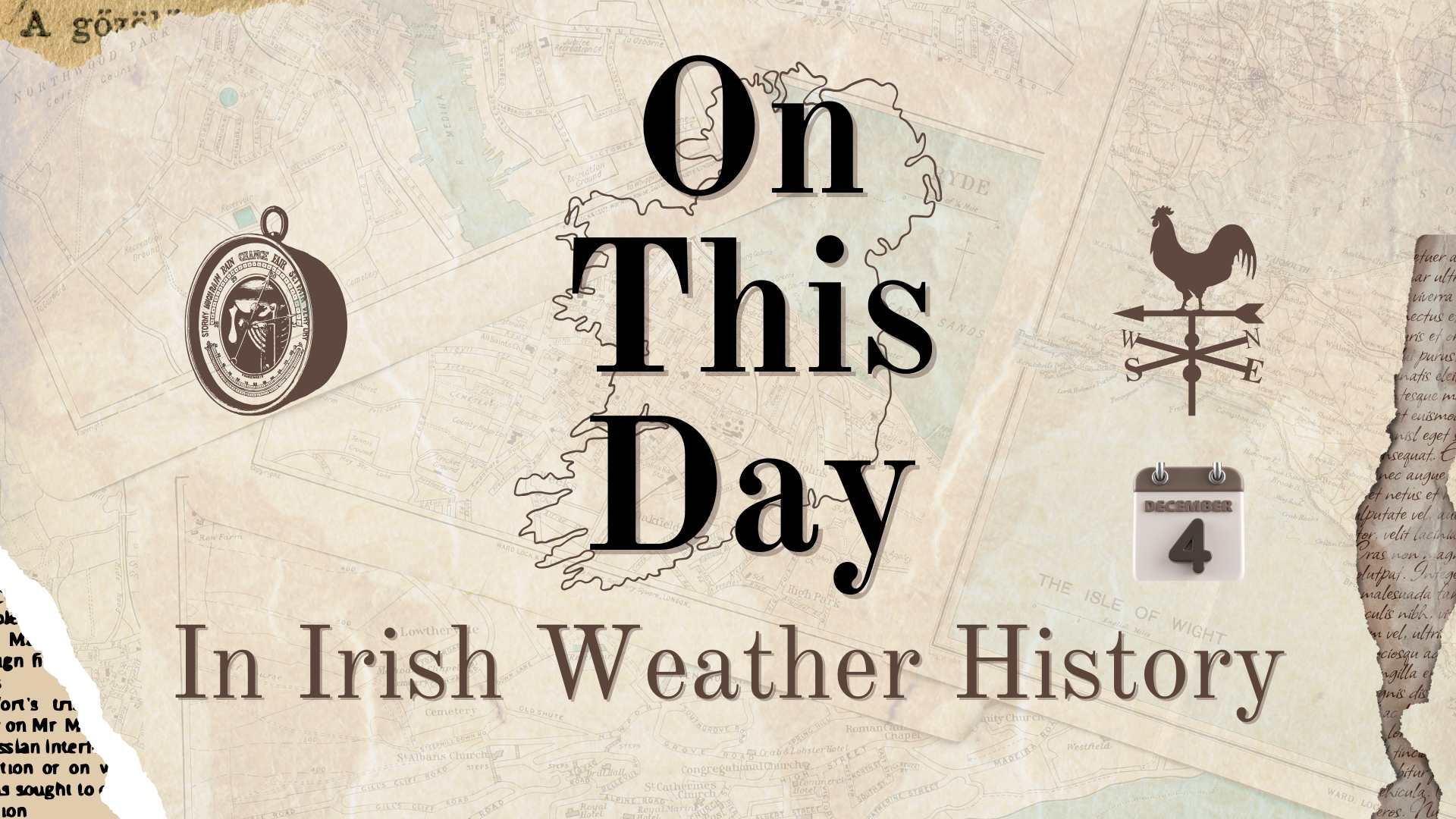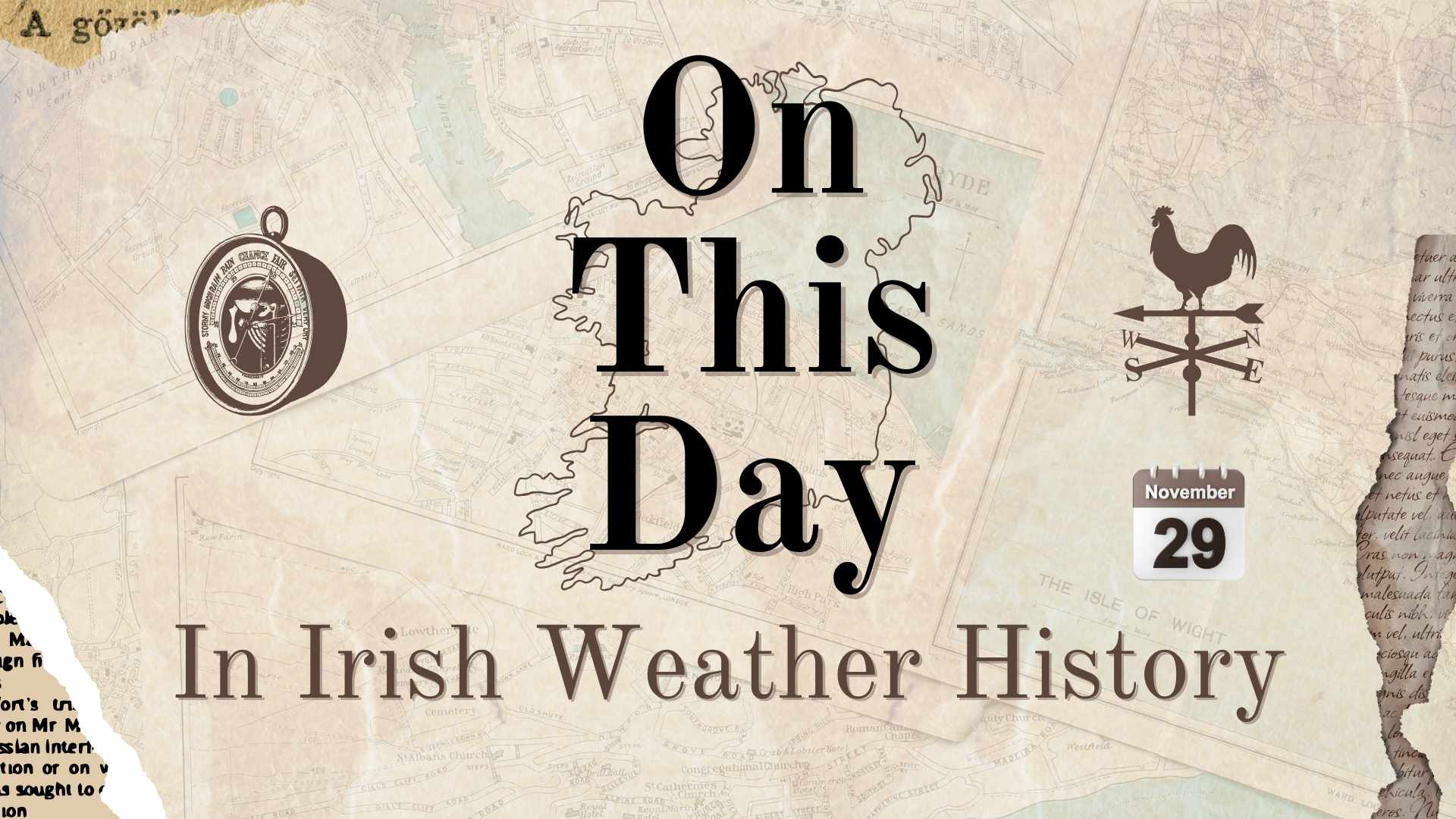
26 October, 1859: The Night the Irish Sea Took 800 Lives
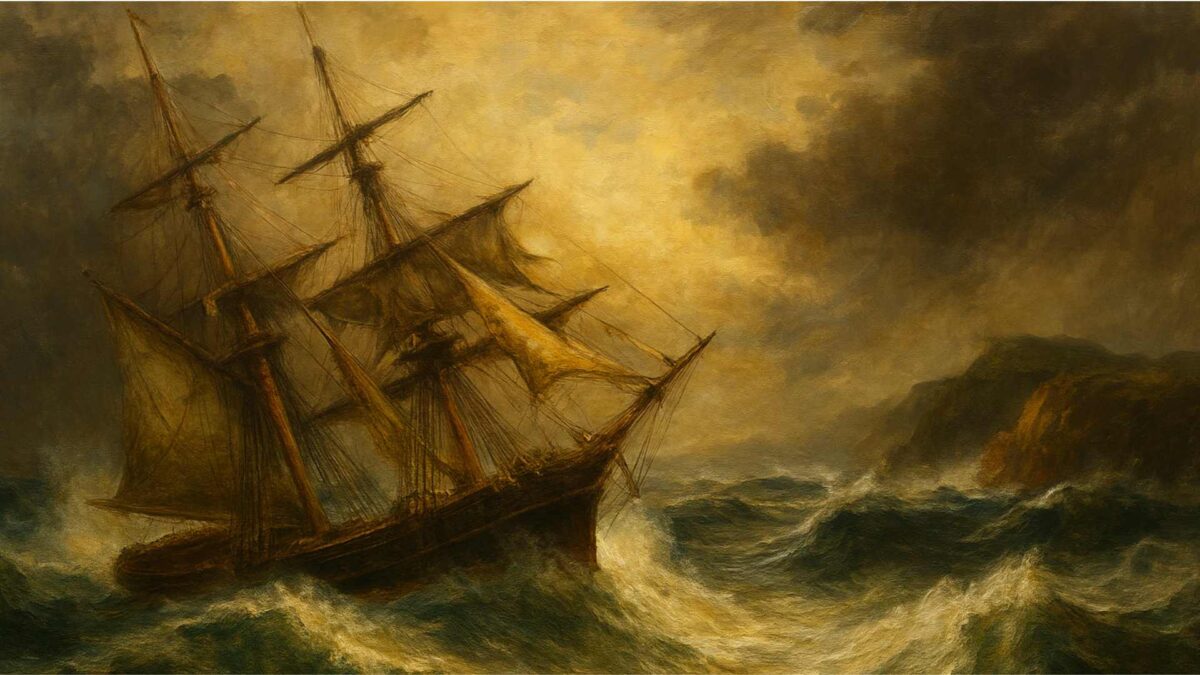
More than 800 people died and at least 133 ships were lost in the Irish Sea during the Royal Charter Storm of this date (26 October) in 1859.
The disaster included the wreck of the steam clipper Royal Charter in which 337 passengers and crew drowned within sight of the Welsh coast. The event remains one of the worst maritime tragedies recorded in these waters and played a decisive role in the development of modern weather forecasting.
The storm reached the region on the night of October 25 and intensified rapidly. The Royal Charter was nearing the end of its voyage from Melbourne to Liverpool when hurricane force winds pushed it onto rocks off Anglesey in the early hours of October 26.
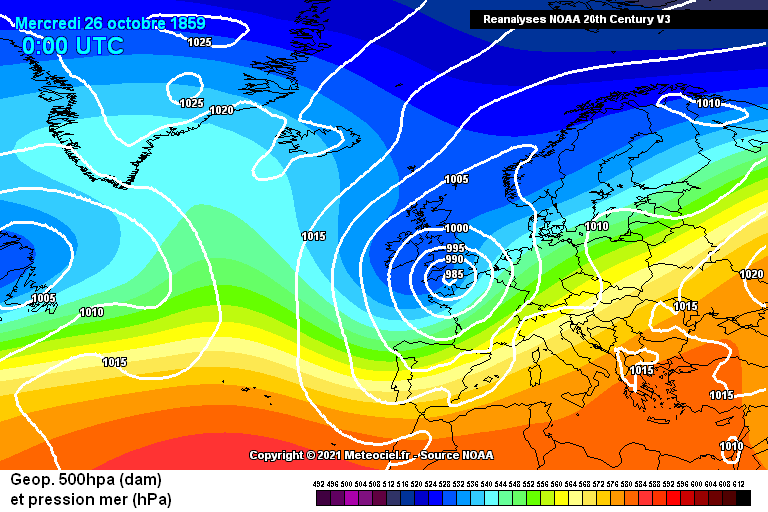
Only a small number of people survived. Many of the passengers were gold miners returning from Australia and carrying personal fortunes, all of which were lost in the wreck.
The same storm struck vessels throughout the Irish Sea. Fishing boats, merchant ships and coastal traders were overwhelmed. Harbours and telegraph lines were damaged and reports from the time describe seas of exceptional height. The scale of destruction exposed how vulnerable mariners were in the absence of organised warnings.
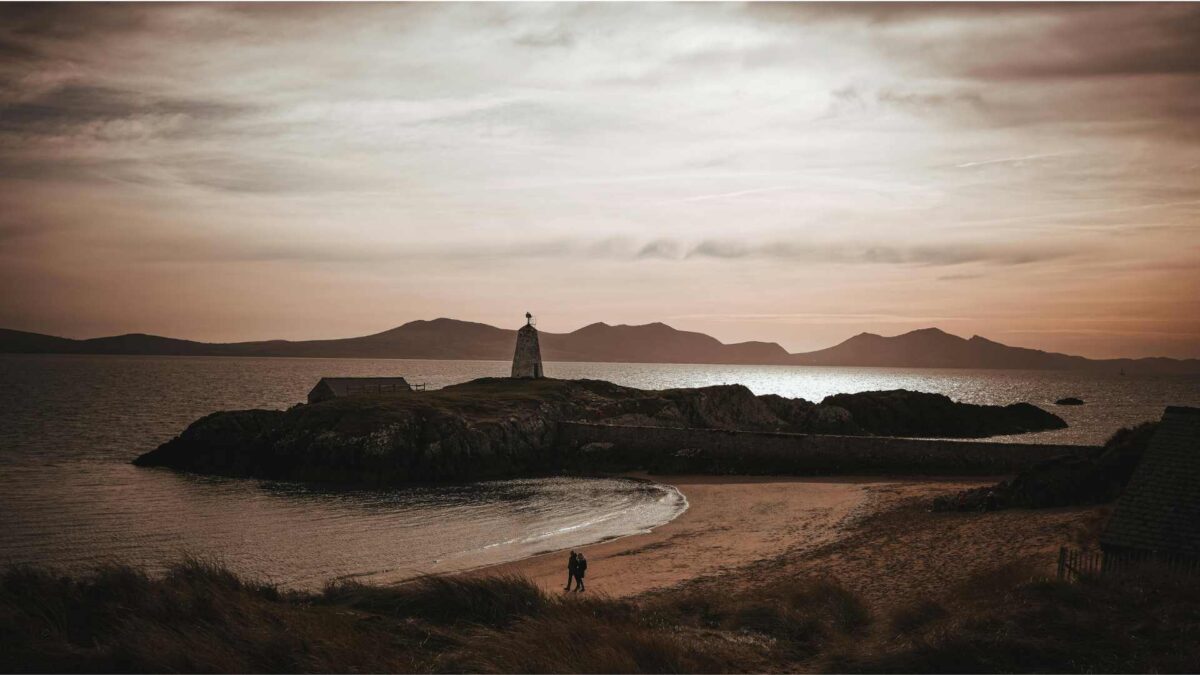
Public anger and grief followed. Captain Robert FitzRoy, who led the newly established Meteorological Department of the Board of Trade, investigated the storm and concluded that patterns in barometric pressure had indicated its approach. He argued that if such measurements were gathered and compared regularly, shipping could be alerted in advance.
His proposals resulted in the country’s first storm warning service. Harbourmasters began hoisting visual signals when severe weather threatened and newspapers soon carried the first daily forecasts. The Royal Charter Storm is therefore regarded not only as a night of terrible loss but also as the moment when forecasting shifted from speculation to science.
